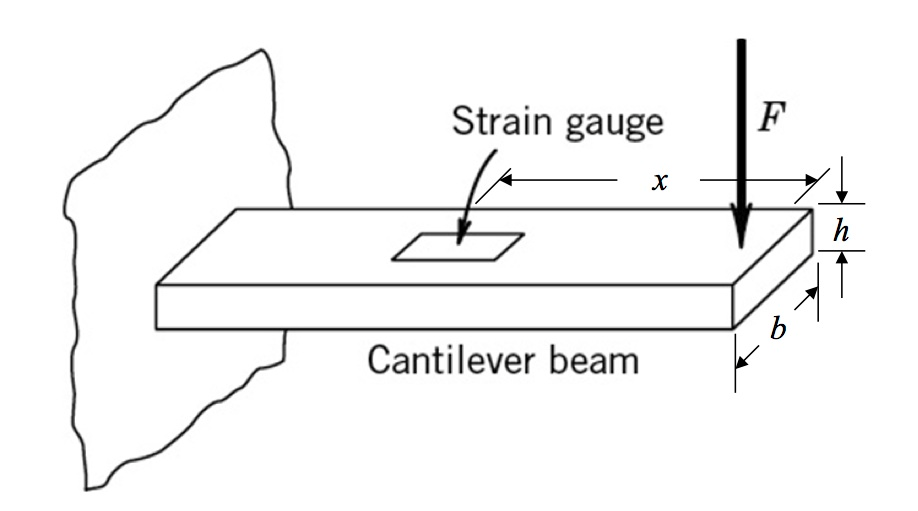First, I'd like to say props on pursuing your curiosity. Please make sure you're trying to adhere to some safety guidelines while pursuing this - use your best judgment.
Now, it sounds like you're willing to do some learning/already have some engineering hobby experience. I will be assuming that you're willing to make some purchases for this.
Experiment:
This experiment builds off your spring-ruler idea. It can be tedious to measure the spring constant of the ruler and the subsequent deflections due to the rocket thrust. My suggestion is that you pursue the cantilever beam strain gauge experiment with slight modifications.  Image Source: Chegg
Image Source: Chegg
Above you see the general setup of the experiment. The strain gauge provides you an instrument for measuring the deflections by correlating beam deflection, induced strain and the force experienced by the beam. In the image above, you see a force vector applied to the end. This is where you will modify the beam setup so you can install your rocket motors to this end, allowing you to measure thrust (force) by measuring the strain and subsequent deflection of the cantilever beam.
Attached to the strain gauge will be some type of data acquisition device (i.e. DAQ, microcontroller) that will read and transfer your data to your computer. This part gets a little difficult because you may need to tune your controller to be customized to the beams material properties, dimensions etc. I suggest looking at some basic mechanics of materials topics to help with this portion.
During the data phase, you will only be able to measure voltages so you will need to dive in depth into the workings of a strain gauge. From this experiment, you'll be able to get thrust, burn rate and other performance parameters - most importantly specific impulse. You may use the linked performance parameters to determine which rocket motor is better. Of course, in a 'real-life' scenario the most powerful engine may not be universally desired, however, generally speaking, the most efficient is. This is a very on the surface explanation of the entire experiment but I think it provides the best path for what you would like to learn
Required Materials:
- Strain gauge (Wheatstone Bridge)
- Metal Beam (metal ruler)
- Data Acquisition Device (DAQ)
- Amplifier (for mV signals from strain gauge)
- List item
Required Experience:
- Programming
- Basic understanding of electronics (i.e. strain gauges, microcontrollers)
As far as predicting which motor will go further, you can make that deduction from the experiment listed above, particularly from the performance criteria. Hope this helps!

roll-backnext to an earlier version you prefer and click that. $\endgroup$